
Wall Mounting EV Charge Station
How to Choose the Right Ev Charger Station for Your Electric Vehicle
As the adoption of electric vehicles (EVs) continues to surge globally, choosing the right EV Charger Station has become a pivotal decision for both individual users and businesses alike. According to a report by the International Energy Agency (IEA), the number of EVs on the road is expected to exceed 145 million by 2030, highlighting an increasing demand for accessible and efficient charging solutions. Furthermore, the U.S. Department of Energy projects that the number of public charging stations would need to grow exponentially to keep pace with this electrifying trend.
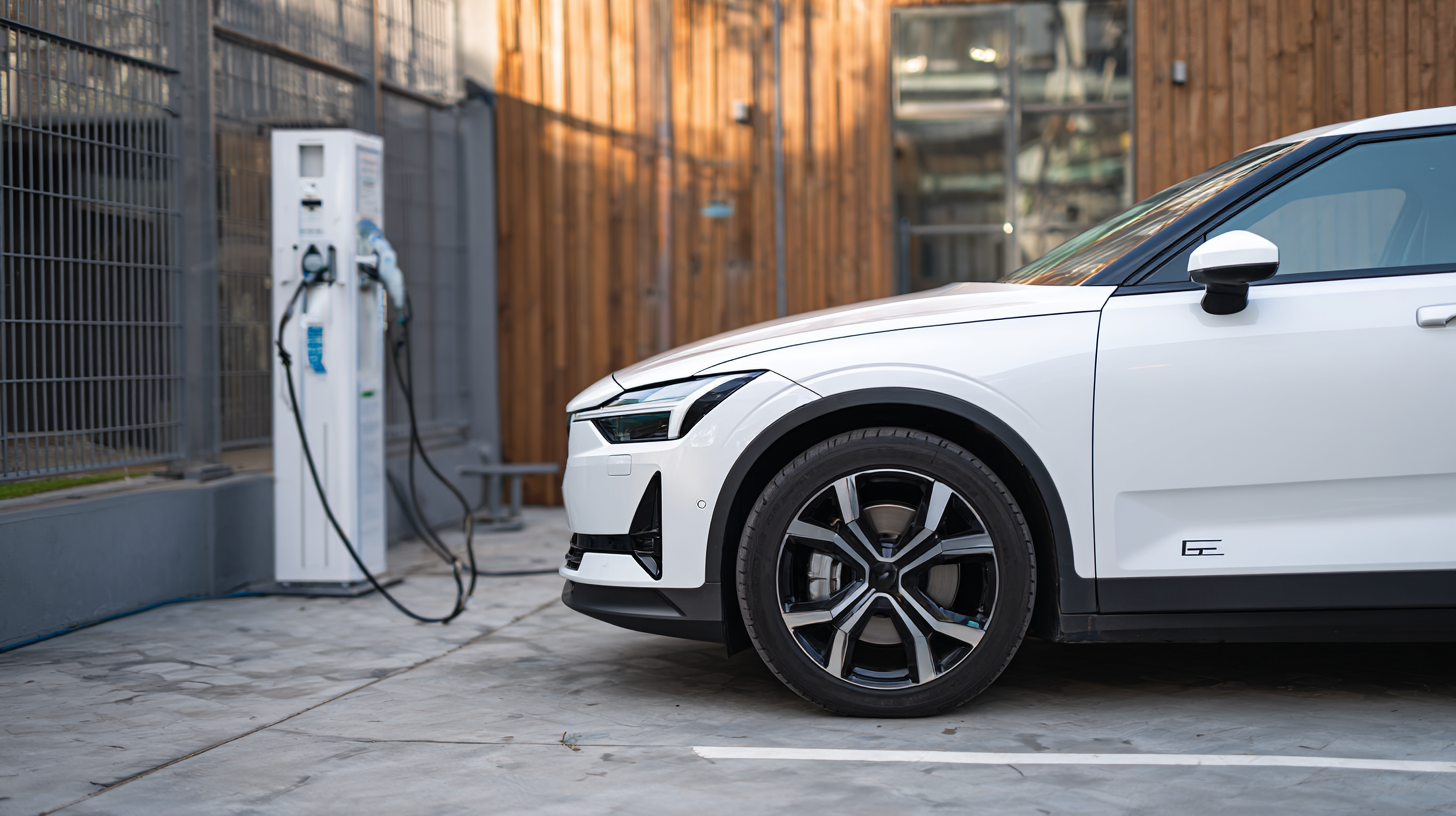
With various charger types, power levels, and installation options available, understanding how to select the most suitable EV Charger Station is essential for optimizing your vehicle's performance and ensuring a seamless charging experience. This guide will navigate you through the key factors to consider, empowering you to make an informed choice that aligns with your specific needs and circumstances.
Understanding Different Types of EV Chargers: Level 1, Level 2, and DC Fast Charging Options
When considering an electric vehicle (EV) charger station, it's essential to understand the different types available: Level 1, Level 2, and DC Fast Charging options. Level 1 chargers are the most basic and typically use a standard 120-volt outlet. They are ideal for overnight charging at home, providing an average of 3-5 miles of range per hour, making them suitable for those with shorter daily commutes.
Level 2 chargers, on the other hand, operate on a 240-volt outlet and can charge an EV significantly faster, offering around 10-25 miles of range per hour. This type is often found in public charging stations and is ideal for EV owners who need quicker turnaround times in a commercial or multi-family environment. Lastly, DC Fast Chargers are the most powerful option available, delivering rapid charging capabilities that can replenish 80% of an EV's battery in approximately 30 minutes. These chargers are perfect for long-distance travel, strategically located along highways or in travel hubs. Understanding these options is crucial for selecting the right charger to meet your electric vehicle needs.
Evaluating Charging Speed: How kW Ratings Impact Your Charging Experience
When choosing the right EV charger station, understanding the impact of charging speed on your experience is crucial, particularly the kW ratings. Charging stations typically offer various power levels, affecting how quickly your vehicle can recharge. According to the Department of Energy, Level 1 chargers provide about 1.4 kW, which is sufficient for overnight charging but may take up to 24 hours for a full charge on larger batteries. In contrast, Level 2 chargers, with ratings between 3.3 kW and 19.2 kW, can significantly reduce charging times to just a few hours, making them ideal for home use and public charging stations.
DC fast chargers represent the pinnacle of charging technology, with power outputs ranging from 50 kW to 350 kW. These chargers can replenish a significant charge in just 30 minutes, as noted in a recent report by the International Energy Agency, which found that over 90% of EV owners prefer charging at home or in locations where they can quickly top off during errands. As the EV market continues to grow, understanding kW ratings becomes essential for selecting a charging station that aligns with your lifestyle and driving habits.
Charging Speed Comparison of Electric Vehicle Chargers
This chart illustrates the charging speeds of various types of electric vehicle chargers measured in kilowatts (kW). As shown, Level 1 chargers are the slowest, while Level 3 chargers can provide significantly faster charging speeds. Understanding these differences can help EV owners choose the right charger based on their needs.
Analyzing Installation Requirements: Wall-Mounted vs. Portable Charging Stations
When considering an electric vehicle (EV) charger station, one major factor is the installation requirements of wall-mounted versus portable charging stations. According to the International Energy Agency (IEA), as of 2021, global electric vehicle stock reached 10 million, highlighting the necessity for accessible and efficient charging solutions. Wall-mounted chargers are ideal for permanent installations, typically offering higher power outputs, which can range from 3.7 kW to 22 kW. These chargers are often connected directly to a dedicated circuit, necessitating professional installation, which may include electrical upgrades, especially in older homes.
In contrast, portable charging stations provide versatility and convenience, making them appealing for EV owners who may not have dedicated garage space or those who often travel. Many portable chargers utilize a standard 120V outlet, allowing for easy usage at home or on the road, although this might result in longer charging times—typically around 4 to 5 miles of range per hour of charge. Moreover, a study by the Electric Power Research Institute (EPRI) indicates that while portable chargers are less powerful (often about 1.4 kW), they cater to the informal charging needs of users. Therefore, understanding the specific charging needs and installation capabilities is crucial in making an informed choice between wall-mounted and portable options.
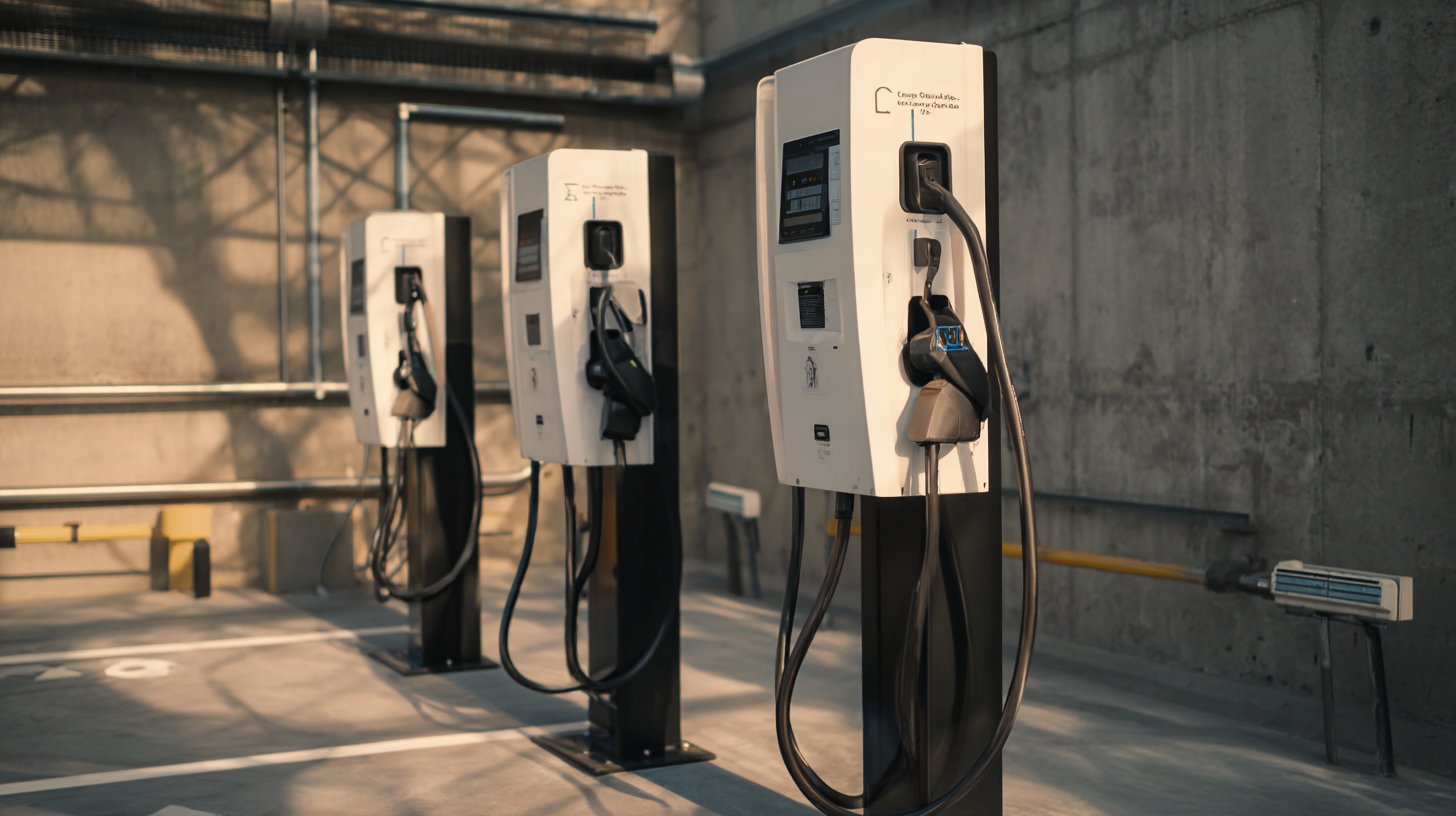
Assessing Smart Features and Connectivity: The Role of Mobile Apps and Networking in Charging Stations
When selecting an electric vehicle (EV) charger station, assessing smart features and connectivity options has become paramount. Current data from the International Energy Agency (IEA) indicates that nearly 60% of EV owners consider charging convenience a critical factor in their purchasing decisions. This trend emphasizes the value of mobile apps and networking capabilities that enhance user experience and optimize charging efficiency.
Mobile applications linked to EV chargers offer a range of smart functionalities, such as real-time monitoring of charging status, scheduling charging times to take advantage of lower electricity rates, and finding nearby charging stations. According to a report by McKinsey, the integration of these smart features can lead to a 25% increase in charging station utilization rates. Furthermore, connectivity with smart home systems can allow users to control charging remotely, providing significant flexibility and peace of mind. As the EV market continues to grow, incorporating advanced technology will play a crucial role in the overall adoption and satisfaction levels of EV owners.
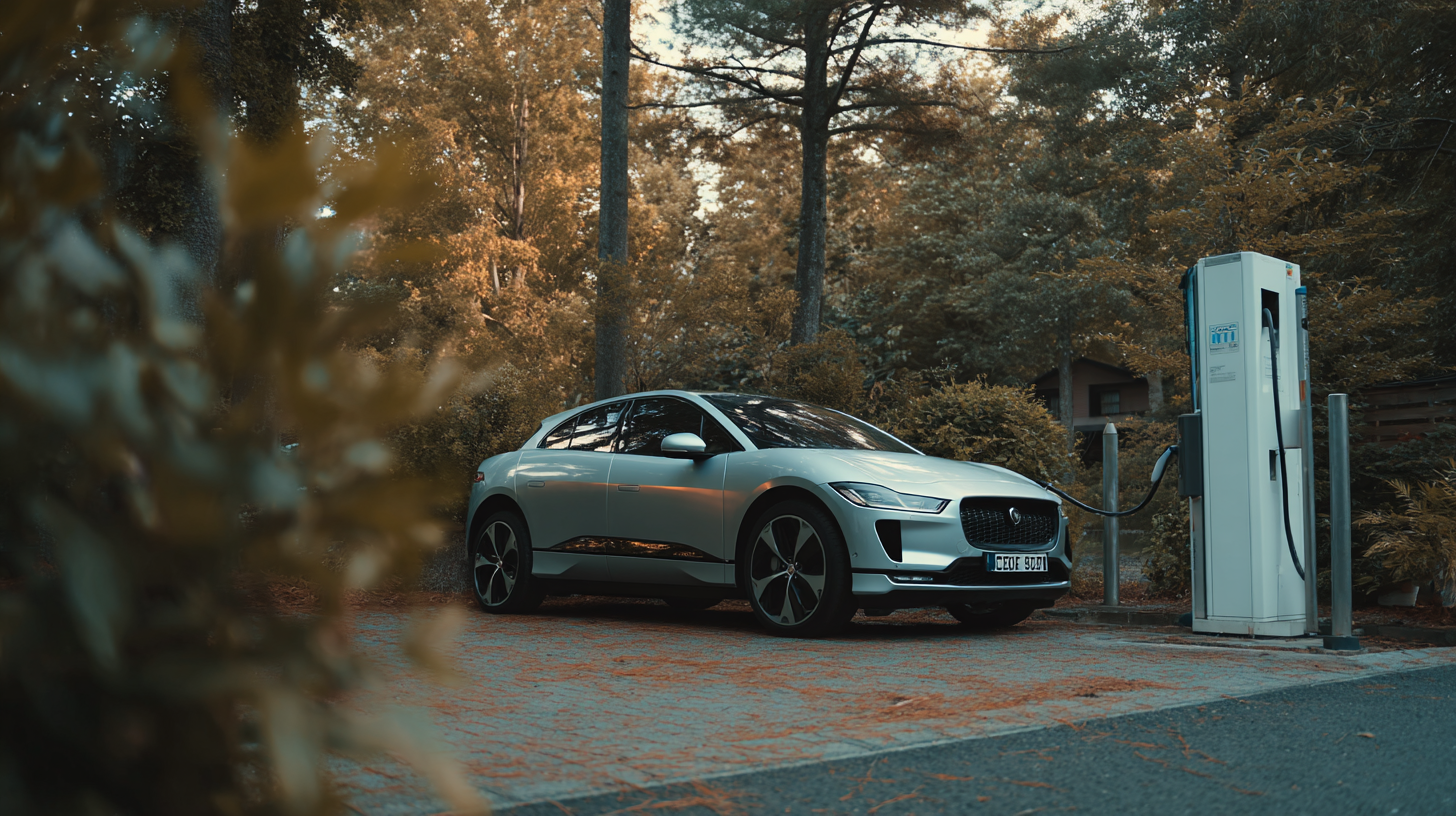
Calculating Long-Term Costs: Initial Investment vs. Energy Savings and Incentives for EV Owners
When considering an electric vehicle (EV) charger station, it's essential to evaluate the long-term costs associated with your investment. While the initial price tag of a charger may seem daunting, it's important to factor in energy savings over time along with any available incentives for EV owners. The cost of electricity is generally lower than gasoline, and many regions offer rebates or tax credits to offset the purchase price of EV chargers. Doing the math on these potential savings can provide a clearer picture of the true cost of ownership.
**Tips**: Look into federal and state programs that provide financial incentives for installing EV charging stations. These incentives can significantly reduce your out-of-pocket expenses. Additionally, consider the potential cost of maintaining your charger as part of your overall budget, ensuring you can benefit from it without unexpected financial strain.
When calculating your long-term costs, take the time to assess your charging habits. If you frequently charge at home overnight, look for a charger that maximizes efficiency during off-peak hours when electricity rates are lower. This strategy not only saves money but also supports a more sustainable energy grid, further enhancing the benefits of switching to an electric vehicle.
How to Choose the Right Ev Charger Station for Your Electric Vehicle - Calculating Long-Term Costs: Initial Investment vs. Energy Savings and Incentives for EV Owners
| Charger Type | Initial Investment ($) | Installation Cost ($) | Average Energy Savings/Year ($) | Incentives Available ($) | Payback Period (Years) |
|---|---|---|---|---|---|
| Level 1 Charger | 300 | 200 | 100 | 50 | 2.5 |
| Level 2 Charger | 700 | 300 | 200 | 100 | 3.5 |
| DC Fast Charger | 2500 | 1000 | 500 | 200 | 4.0 |
| Wireless Charger | 1500 | 500 | 300 | 150 | 4.3 |
Related Posts
-
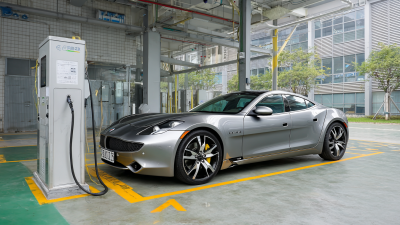
2025 Trends Revealed 7 Key Innovations in Best Ev Charger Technology
-
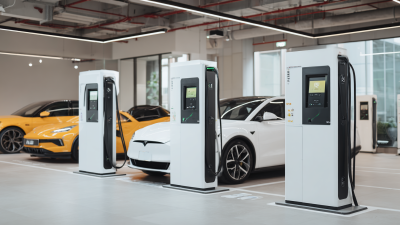
How to Select the Best Ev Recharge Stations for Your Business Needs
-
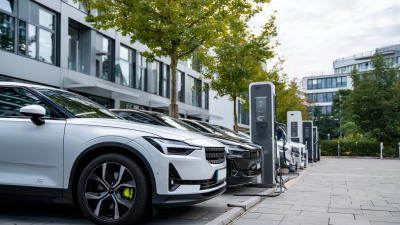
How to Select the Best Ev Charging Station for Your Business Needs
-

7 Compelling Reasons to Choose Home Wall Ev Charge Station for Your Business
-

Ultimate Guide to Choosing the Best Ev Fast Charge Station for Your Business
-

7 Ultimate Benefits of Installing an EV Charger Station for Your Business

